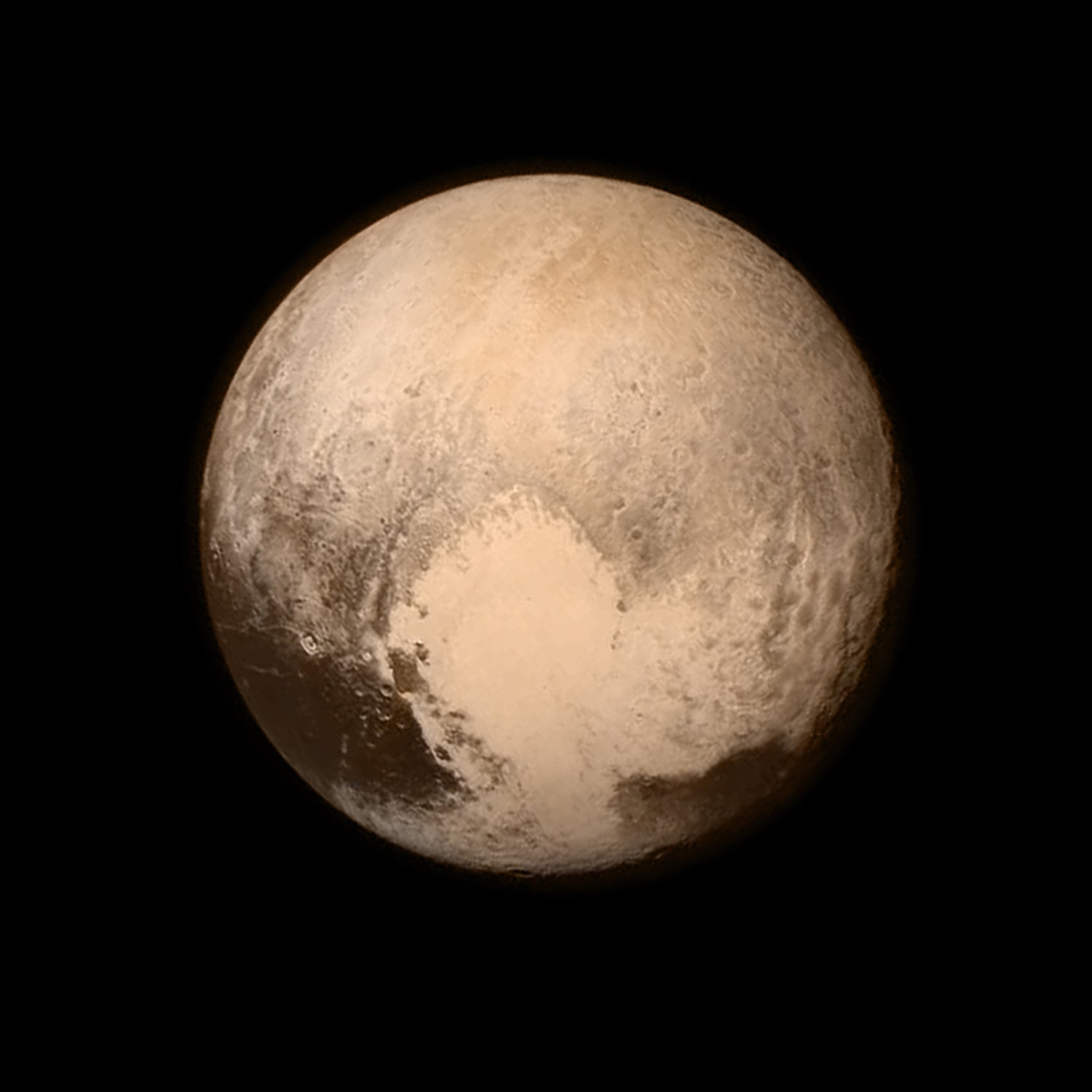Yesterday, at about 7:50 a.m. Eastern time, NASA’s New Horizons spacecraft became the fist human-made object to reach Pluto and its system of five moons. Flying within 7,800 miles of the dwarf planet, the instruments on New Horizons took thousands of photos and observations, searching Pluto for a stable atmosphere, evidence of an underground ocean, clues to its geologic history—anything that will help scientists better understand the frozen objects out at the edges of the solar system.
Visiting Pluto is the culmination of five decades of exploration that began with a flyby of Venus in 1962. Launched in January 2006, the New Horizons probe has traveled three billion miles over the course of nine-and-a-half years to reach its primary target. At the time of launch, most Americans had never heard of the young senator from Illinois who would become President of the U.S. for the next two terms. Nobody owned an iPhone.
The mission truly began when the Southwest Research Institute (SwRI) in Boulder submitted a proposal to NASA for New Horizons in 2001. Dan Durda, a planetary scientist and , helped draft the initial mission proposal, and Joe Peterson is��the mission's science operations downlink lead,��which means he is in charge of unpacking��images and readings sent back from the spacecraft. But they’re not the kind of one-dimensional engineering nerds you might imagine. Durda is a cave-recovery certified diver; Peterson is a record-holding skydiver. And both will tell you that many of the hazards and rewards associated with space exploration are also inherent in some of the risky outdoor escapades we pursue here on our .
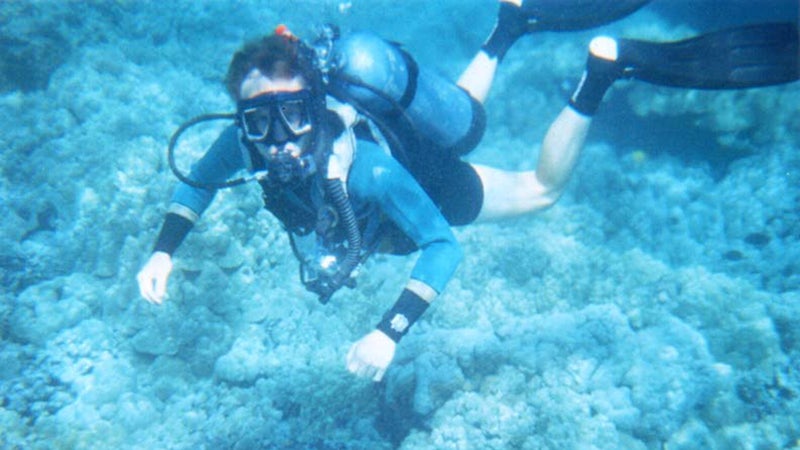
For Durda, the allure of exploration and discovery started with underground cave networks. He made the leap from recreational scuba diving to cave diving as a young man at the University of Florida in the early 1990s.��“It was the sheer beauty of that really alien, otherworldly environment,” Durda says of his attraction to underwater cave exploration. There’s a calming effect that overcomes a person and sharpens his focus when venturing into the unknown, he says. “I love that feeling of being right on top of your game in the moment and being pretty much ready for anything that is going to happen.”
Peterson feels the same way. As a veteran skydiver with over 1,600 jumps under his belt—including ones in which he and 75 other divers completed freefalling formations—he knows the rush of performing precision maneuvers under pressure. “There’s a lot at stake,” he says. “You want to be successful and you want to be successful for the team, you don’t want to let anybody down. It’s a whole lot of pressure, but it’s also a lot of fun.”
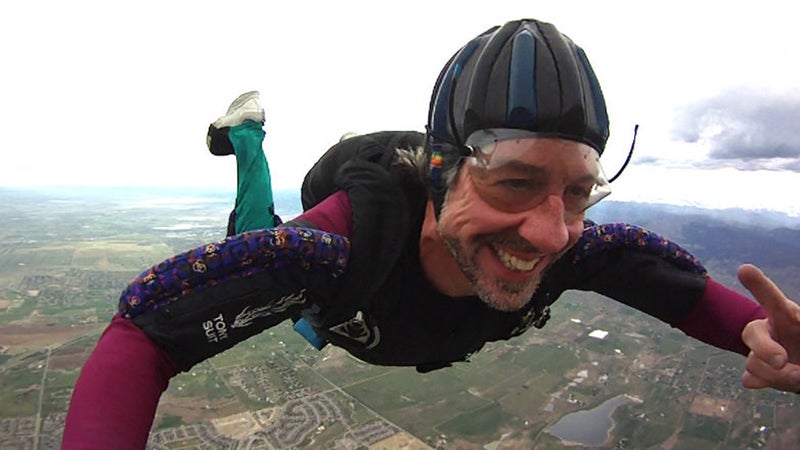
Both engineers agree, these experiences helped��prepared them for their future roles leading one of the greatest exploration missions of our time. Here are three fundamental skills we learned from them to survive any��precarious endeavor, be it on our planet or in the stars above:
1.��Prepare
“One of the most enjoyable things about exploration is the technical nature of pre-thinking through all of these procedures and the good feeling you have after preparing and then doing the work on the spot in that environment,” says Durda, referring to both cave diving and space exploration. “It’s real time…and things are happening fast.”
When a computer malfunction on the New Horizons craft caused it to temporarily lose contact with Earth on July 4, mission operations at Johns Hopkins University immediately started working on a recovery plan, which essentially involved��troubleshooting and debugging from 3 billion miles away.��Within two days the craft was back on track with a minimal loss of data. The lesson: be prepared for any contingency.
2.��Collaborate
“Skydiving is a social activity, and it’s always teamwork that you’re dealing with,” Peterson says. “You rarely jump alone—you work with groups of people. You have to work together to plan a big formation jump, and it’s a combined success when everything comes together.”��
How does that relate to space travel? “You can’t explore Pluto by yourself. There are hundreds of people involved in this mission. So this is a team effort as well.”
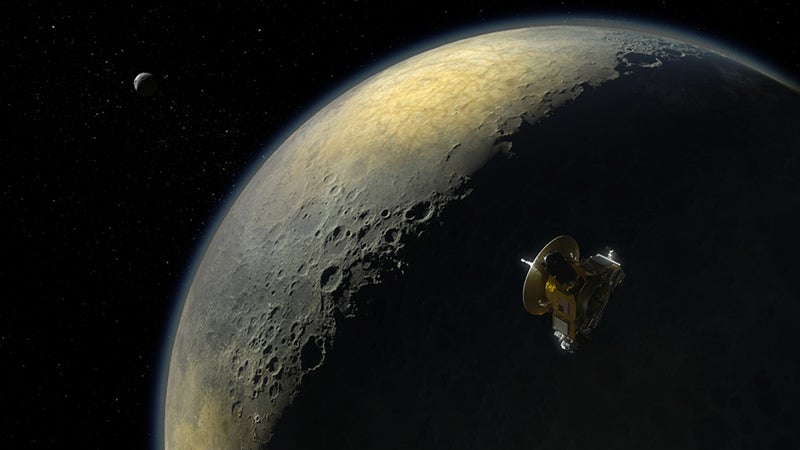
3. Assess the risks
Accepting risk is critical to success, whether you’re jumping out of an airplane or zooming across the Solar System, Peterson says. “Most people who do things that have risk don’t think of risk as a random thing. It’s not like throwing the dice. You have to understand the risks and do what you need to do to avoid them. You can never reduce them to zero, but you can reduce them to a very low and acceptable rate.” In space, he adds, the unpredictability is greater and the guarantees are fewer. “So you do what you can to minimize those chances [of a New Horizons collision], and then you have to be willing to do something risky for a great reward.”
And the rewards from the New Horizons mission are starting to .��It was discovered this morning��that Pluto has 11,000-foot-tall mountains, likely supported by water ice, and the lack of impact craters on the surface suggests a high amount of geologic activity, possibly driven by a slowly freezing subterranean ocean. ��
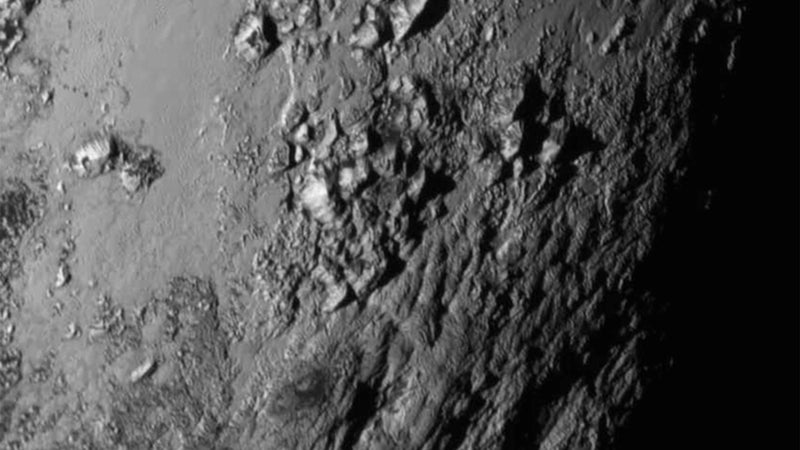
One of the remaining questions is whether we will decide to encode a message onto the New Horizons computer before we lose contact, and what it will be. The Pioneer spacecraft has����that were designed to indicate Earth’s location in the galaxy. The Voyager spacecraft has����with Earth sounds, rock and roll music, and greetings in 55 languages. New Horizons already carries an American flag, a Maryland state quarter for where it was built, a Florida state quarter for where it was launched, and the ashes of Clyde Tombaugh—the man who discovered Pluto in 1930—.��
“The importance of those messages is not necessarily that they be encountered by some alien species in the future,” says Durda. “They're messages to ourselves. They're statements to ourselves about what we think is important and who we are as a species. This kind of exploration is who we are. It speaks to the greatness of our species that we can conceive of these things and actually go and do them—extend ourselves out into the universe.”


